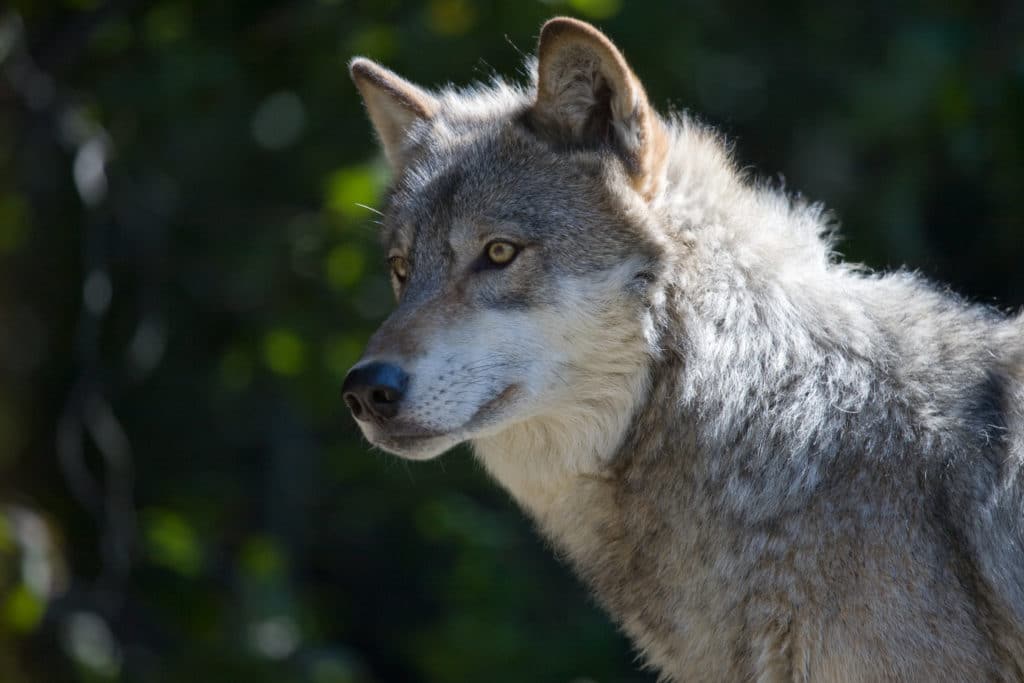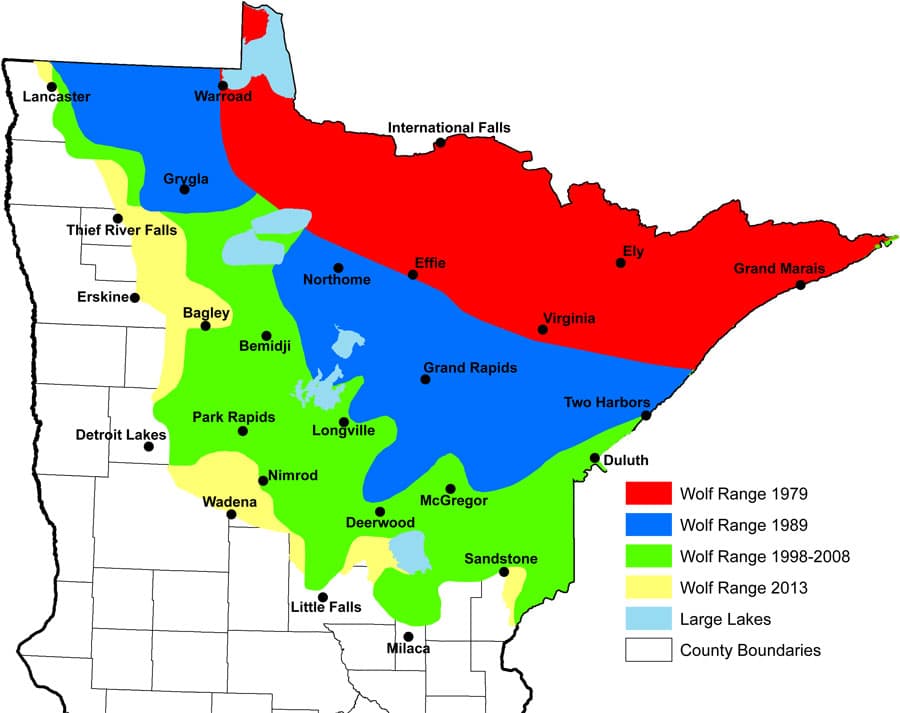
Eighteen years after the state of Minnesota adopted its current wolf management plan, the Department of Natural Resources is embarking on the first major update. The agency is asking for the public to participate, beginning with seeking volunteers to serve on an advisory committee.
The committee will include hunters, farmers, animal rights advocates, environmental groups, and other individuals and representatives from interested organizations. The wolf management plan guides decisions about regulations, population monitoring, management, damage control, education, research, and other issues.
“We know people have strong feelings about wolves,” said Dan Stark, the DNR’s wolf management specialist. “So it’s important that we understand and consider Minnesotans’ diverse insights, concerns and values regarding wolves.”
Wolves were briefly removed from the Endangered Species list early this decade. While the 2001 wolf management plan had called for a five-year wait after delisting, the DNR quickly implemented a hunting season in 2012 and 2013. A federal judge then restored the protection, and no wolf hunting is currently allowed in the Great Lakes region.
Last year, the DNR estimated the state’s wolf population at 2,655 animals. The 2001 management plan called for a minimum population of 1,600 wolves. The predators have also expanded their range in the state considerably since the 1970s, when hunting and eradication efforts were mostly halted.

In addition to meetings and projects by the advisory committee, which will create a draft of the plan, the process will include a public survey, comment period, and open houses.
“It’s critical to have all voices about wolves at the table,” Stark said. “With the public’s input, we can effectively evaluate how the wolf management plan is working and identify what may need to be improved.”
The advisory committee is expected to be active for about a year, starting in February.
Applications for the advisory committee are due by Dec. 20. The DNR will select members in January, and convene the committee’s first meeting in February. More information and the application are available here.
The DNR anticipates the committee will release a draft for public review and comment in October 2020.

